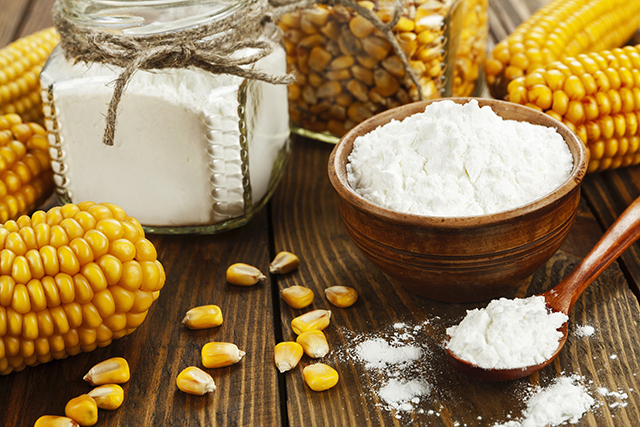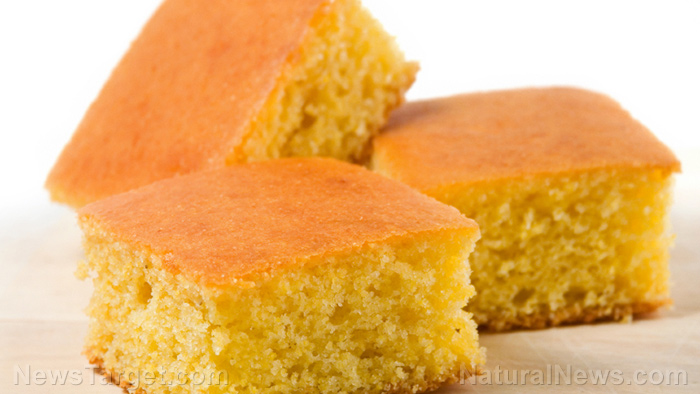Want better-tasting eggs and more of them? Here’s how
02/17/2016 / By usafeaturesmedia

(Homesteading.news) There is nothing better than a whipping up a farm-fresh egg to go with your morning toast and coffee. But as good as your eggs are now, they can be even better, and all it takes is a few adjustments in regards to what you’re feeding your hens.
Harvesting scores of the multi-colored golden-yolk goodies are a snap when you feed your hens the right stuff. Here are some tips to consider for better-tasting, more plentiful eggs:
— More protein: Like humans, laying hens thrive on quality protein in their diets. Some like to use organic, non-GMO wheat grass fodder because of its high protein content. Not only will your hens love the grass but they’ll love scratching for the remaining seeds. You can also try alfalfa and grass hay; others say kelp and nori are a good high-protein combination.
“To keep its body functioning and to produce one of these self-contained, nutrient-rich units each day, it’s essential a laying hen receive a balanced diet with adequate levels of protein, carbohydrates, fat, vitamins and minerals,” says the Hobby Farms web site.
“For laying flocks older than 16 to 20 weeks, experts generally recommend a balanced layer ration containing 16- to 18-percent protein and approximately 3½-percent calcium to promote strong eggshells,” the site recommends.
— Fiber helps too: Some people like to add some fiber to their hens’ diet, including oatmeal, alfalfa, kelp and even some oregano. There is even an overall health benefit here.
“Chickens are compelled to scratch at the ground. They use their toes to mix up litter or scrape the ground in search of various seeds, greens, grit, or insects to eat. Spreading scratch grains (cracked, rolled, or whole grains such as corn, barley, oats, or wheat) encourages this behavior,” says Extension.org.
— Make sure they have their veggies: Laying hens thrive on good nutrition, and part of that is a varied, healthy, organic diet consisting of the above grains and ingredients and some vegetables they can pick and scratch through. They include tomatoes, cabbage and others. There is no set recipe; you can even use some of your table scraps.
Just keep it in moderation, is all. “Chickens are often fed table scraps (peelings, stale bread, and leafy vegetables) as treats, but excessive table scraps and greens can adversely affect egg production,” Extention.org notes. “The total supplementation of table scraps and scratch grains should be no more than chickens can finish in 20 minutes.”
In warmer weather you can add some grass clippings, fallen fruit, garden weeds, etc. Just don’t serve your hens anything that is rotten.
“The secret to nutrient rich, delicious eggs is greens. This includes lettuce, beet greens, kale, or whatever green scraps you have in your kitchen,” says The Backyard Chicken Farmer site.
“Do not feed your laying hens very many treats or they will have too much fatty tissue in their abdomen. This will cut down significantly on the number of eggs they are able to produce, plus it isn’t healthy for them,” notes The Self-Sufficient Home Acre site. “Corn and sunflower seeds are fine for providing extra calories during cold weather, but don’t feed these during the summer.”
— Clean water: Laying hens will consume quite a bit of calories but they also burn quite a few. One way to prevent stress, which affects egg production, is to keep your hens well-watered with a fresh supply.
“When feeding your chickens, don’t solely rely on commercial chicken feed. Besides being the least healthy food to feed them, a green diet is better for them,” The Backyard Chicken Farmer notes. “Those beautiful, large, orange yolks, synonymous with fresh eggs, don’t come from a diet made solely of grains. For healthy chicken meat and eggs, you need healthy chickens eating a healthy diet.”
Happy harvesting!
Homesteading.news is part of the USA Features Media network of sites.
Tagged Under: eggs, laying hens



















